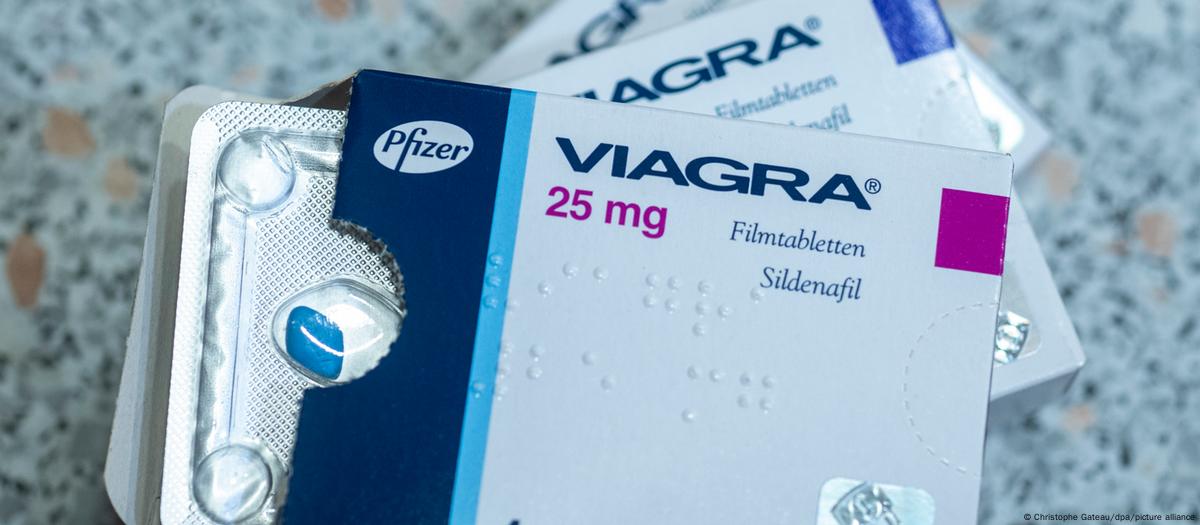Eliquis An In-Depth Overview of Its Uses and Benefits

Eliquis: Understanding Its Importance in Modern Medicine
Eliquis, scientifically known as apixaban, is an anticoagulant medication that plays a vital role in reducing the risk of blood clots and strokes in various populations. This article aims to educate readers on the significance of Eliquis in today’s healthcare landscape, its mechanism of action, potential side effects, and patient considerations. Whether you are a healthcare professional or a patient, understanding Eliquis is essential in managing cardiovascular health. For information on how to purchase Eliquis directly online, you can visit Eliquis https://farmakeioorama.gr/agoraste-eliquis-se-apeytheias-syndesi-choris-syntagi/.
What is Eliquis?
Eliquis is a type of medication classified as a direct oral anticoagulant (DOAC). It works primarily by inhibiting Factor Xa, an essential component in the coagulation cascade that leads to the formation of blood clots. By preventing this process, Eliquis is effective in lowering the risk of thromboembolic events.
Indications for Use
Eliquis is prescribed for several conditions, including:
- Prevention of stroke and systemic embolism in patients with nonvalvular atrial fibrillation
- Treatment of deep vein thrombosis (DVT) and pulmonary embolism (PE)
- Prevention of DVT and PE following hip or knee replacement surgery
Each of these conditions may significantly impact the patient’s quality of life and can lead to severe complications if not appropriately managed.

How Eliquis Works
The mechanism of action of Eliquis is unique compared to older anticoagulants, such as warfarin. Eliquis directly inhibits Factor Xa, which halts the conversion of prothrombin to thrombin, thereby lowering the overall thrombin generation. This results in decreased formation of fibrin and, consequently, reduced clot formation. Its rapid onset of action and predictable pharmacokinetics allow for easier management, as routine monitoring of blood levels is not typically required.
Dosing Guidelines
Dosage may vary based on the specific indication and individual patient factors, such as renal function and body weight. The standard initial dose for patients with nonvalvular atrial fibrillation is usually 5 mg taken twice daily, but for those at high risk of bleeding, a lower dose of 2.5 mg may be prescribed. Physicians will often tailor the dosage to fit each patient’s unique circumstances.
Potential Side Effects
As with any medication, Eliquis comes with a risk of side effects. Commonly reported side effects include:
- Bleeding complications, which can range from mild bruising to more serious conditions such as gastrointestinal bleeding
- Nausea and gastrointestinal discomfort
- Risk of liver enzyme elevations
Patients taking Eliquis should be closely monitored for signs of bleeding, especially if they are also on other anticoagulants or have a history of bleeding disorders.

Patient Considerations
Before starting Eliquis, patients should provide their healthcare providers with a complete medical history. This information is crucial in assessing any potential drug interactions or contraindications.
It is important to inform your doctor if you are pregnant, planning to become pregnant, or breastfeeding, as well as discussing any current medications, including over-the-counter drugs and supplements.
Conclusion
Eliquis stands as an important advancement in anticoagulant therapy, providing patients with a reliable option to manage anticoagulation in a variety of clinical scenarios. It is essential for both patients and healthcare providers to understand the benefits and risks associated with Eliquis. Continuous education, communication, and well-informed decisions are paramount in optimizing outcomes for individuals taking this medication.
Resources and Support
For those seeking further information about Eliquis, including how to obtain it safely, healthcare professionals and pharmacists can be invaluable resources. Additionally, various online platforms provide guidance and support for patients navigating their treatment options.
